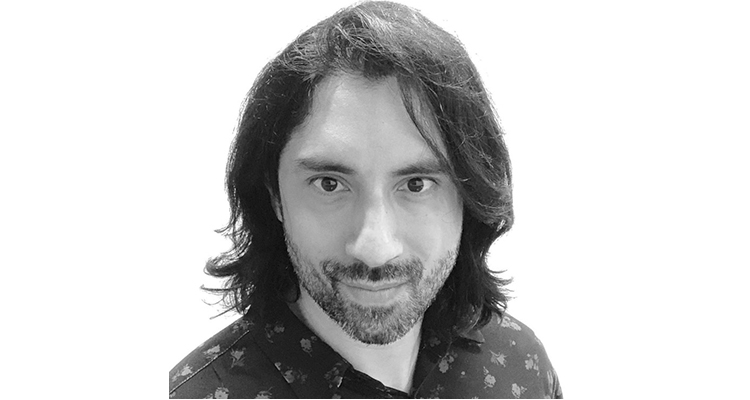
YouTube is looking to work more with broadcasters and production companies, to which it offers itself as an ally to empower their IPs and generate a complementary audience. During his keynote at Conecta Fiction & Entertainment 2024, Philippe Carrasco, head of film & TV and content partnerships at YouTube Brazil, said that the first thing media companies that want to create new content for YouTube must do is to know their audience very well.
In Brazil, Google‘s platform has been working with traditional media companies for a decade, and they have been successful in creating complementary audiences as a second window for their content. Philippe Carrasco said: ‘They can study their audience based on the data we share with them about their content. And then test and be consistent. The strongest contribution that YouTube gives producers is the opportunity to know how their audience is perceiving the world. And on that feedback, they can create the content they want’.
Although the platform does not co-finance content in Brazil or in most of the world, it does help producers or channels to get their projects sold and financed. The strategy changes and adapts to each partner, and YouTube has the flexibility to sell all advertising, have it sold by the content owner, or do it together.
‘The first idea we came to the market with was to explore and empower IPs. It’s more about empowering the power of the show on YouTube, rather than doing a branding strategy. What we can do is bring brands to content. We don’t sponsor, we don’t own the content, but we have been creating very creative solutions to sponsor productions for 10 years,’ said Carrasco.
The executive mentioned recent partnerships, each with a different model. With Endemol Shine Brazil (Banijay), the partnership includes MasterCheff, Banijay’s cooking talent show, with which YouTube has been working hand in hand for eight years, bringing together the audience coming from television and cable, and adding YouTube’s to sell it to the market as a whole. ‘When you go to market with an additional 20% audience of young viewers, you add another muscle and the result is incredible. It is proven that the complementary audience works, and you can use YouTube as a second window with no distribution cost’ added Philippe Carrasco.
They also have partnerships with Sony Pictures Television: Sony’s entrepreneurial format Shark Tank, produced in Brazil by its production company Floresta, is an example of how existing IPs can be used to create “endemic content”. ‘Three special episodes were devised for “Shark Tank”, made by creators specifically for YouTube, before airing the show on TV. The idea is to grow the show’s proposition’ explained Carrasco.
As for the partnership with media giant Globo, not tied to any specific IP, the executive said: ‘We went to Globo and asked them what was the most important IP they had. Of course, novels – what are they thinking of doing something around their IPs with creators, we asked them. ‘The result was “Novelei”, a six-episode fiction series developed by a group of creators and actors together with the Globo team, and which YouTube and Globo sold together in the marketplace. ‘It has as its starting point what would happen if soap operas disappeared from the world. It’s a bold, creative and irreverent idea. They pushed the barrier to reach a new audience. It shows that a large media group can be very risky when it comes to creating new content’ said Carrasco.
To close his keynote, Philippe Carrasco mentioned the importance of the agreement YouTube closed with Kantar to measure its audience. ‘This now allows us to compare ourselves with other platforms on the same parameters, so that brands and clients can make decisions about their investments. It’s a big step,’ he said.







